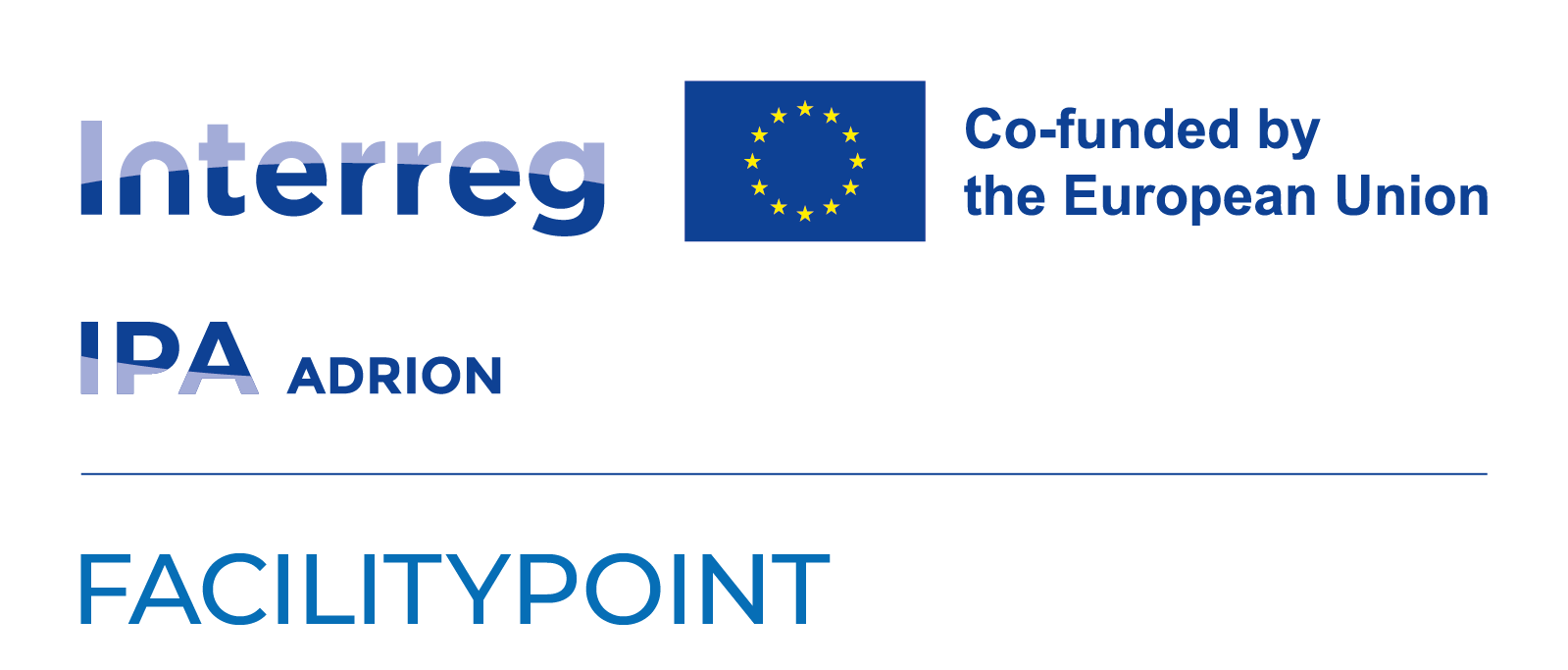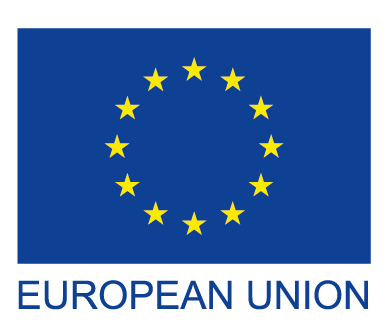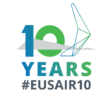Laboratory for a new Europe: Macro-regional strategies pushing European Integration
Event of the European Week of Regions and Cities, 15 October 2020
As in some cases territories of Macro-regional Strategies overlap, a need to build on cross 4 Macro-regional Strategies' core was recognized, while the specific context of each region must not be forgotten. The core provides functioning networks in the wide European territory, which are able to, based on mutual trust and understanding, agree on common actions. And this is exactly what EU is supposed to deliver. Accordingly to Citizens perception, this is not yet sufficient enough. So truly, EU Macro-regional Strategies are the Laboratory for a New Europe, pushing towards European integration, as often mentioned.
Why is that needed? Let us explain by an example of Ms Andreja Jerina, Slovenian National Coordinator and head of EUSAIR Pro-temporary Presidency of EUSAIR, which succcessfully opened the event of European Week of Regions and Cities:
"If Europe wants to increase its resilience in food production, we need to start systematic planning of green infrastructure across the whole territory to ensure the needed biodiversity. Therefore solutions in one Macro-regional Strategy have to spread also in other Macro-regional Strategies."
WHAT WE GAIN FROM THIS NATIONALLY?
- Awareness that effective solutions do not stop at regional/national border
- When deciding for national solutions, we are increasingly looking at a broader context – when flood protective measures are found, national ministries are aware of the need to be transnationally pre-agreed and to design harmonised regimes
- Sprit of collaboration and coordination is slowly getting into national administration – silos approach is slowly opening up to cross-sectoral cooperation and multi-level engagement – and the results can be seen in beter policy solutions
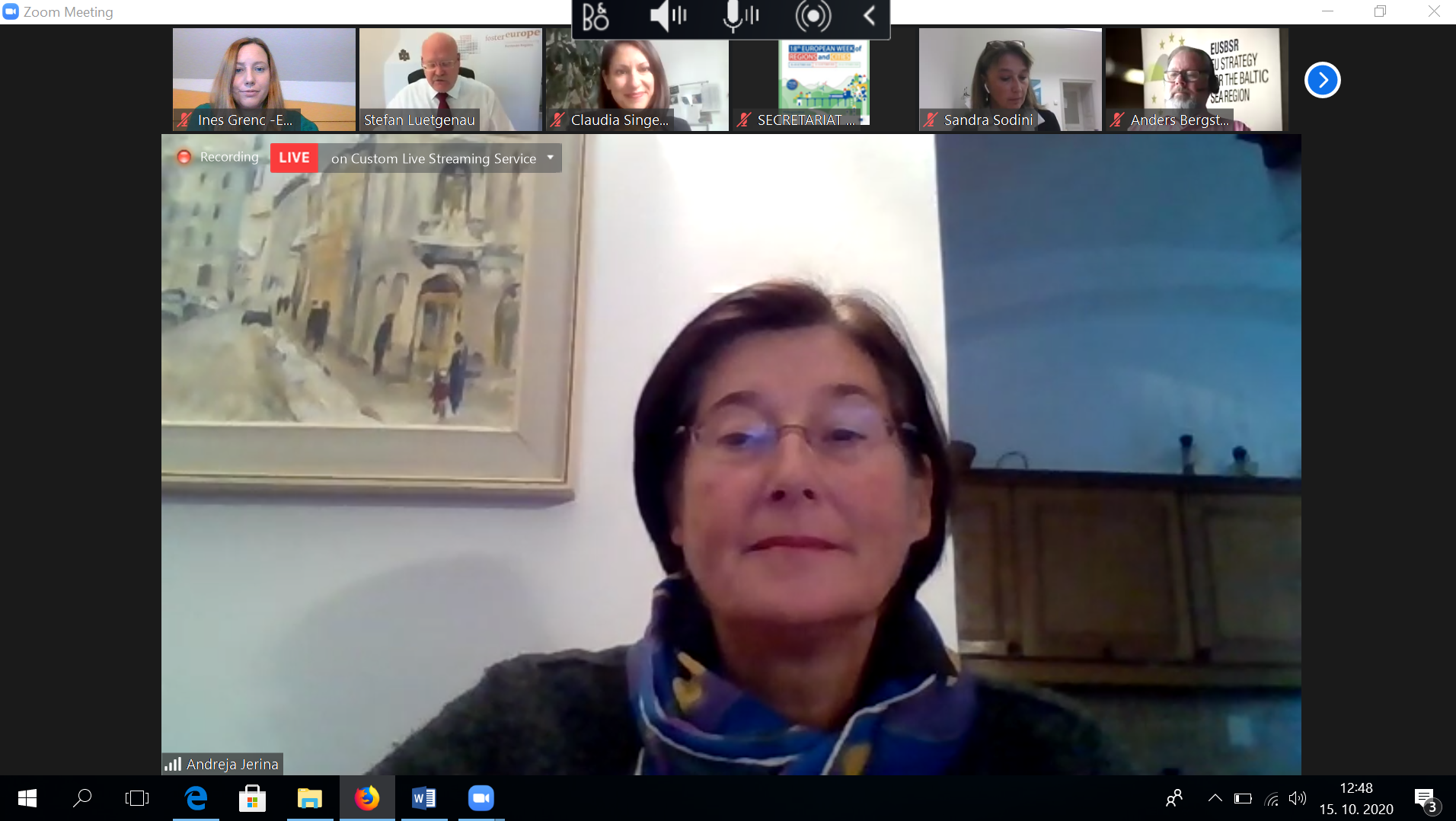
Some years ago, Slovenia, being involved in 3 Macro-regional Strategies, initiated the first cross 4 Macro-regional Strategies' exchange on communication and visibility, since a struggle on how to improve the visibility of Macro-regional Strategies and abilities to explain our work to the outside world, was recognized by all 4 Strategies.
Immediately there was very positive respond from people responsible for communication in all 4 Strategies, that started to exchange among them practises, experience,… on daily basis. Consequently a lot has been achieved in this respect.
That was followed by people responsible for capacity building. Notion that Macro-regional Strategies' results depend on the capacity of individual implementers is fully present now. Organically, people involved in different parts of governance structure from all 4 Strategies joined forces within capacity building group, led by Interact to jointly find best solutions for governance models in the future including governance support.
There a lesson was learned, that Macro-regional Strategies’ governance structure is generic; but the contexts are specific. So we have within 4 Macro-regional Strategies big portion of common core, with added specificieties mostly due to the territories they cover.
The common core included 19 EU member states and 9 non-EU member states and is still increasing. North Macedonia joined EUSAIR in April 2020 and there is also an open request from San Marino. This fact is proving that Macro-regional Strategies are attractive to other countries of the territory, since they are managed by participating countries regardless of their political status. Serbia, Monte Negro for example had held very efficient Pro-temporary Presidencies of EUSAIR. This is a unique tool for further EU integration, that functions.
Continuing with the good practice, this year Slovenian Pro-temporary Presidency of EUSAIR organised a cross 4 macro-regional exchange on adopted flagships/priorities to increase synergies and impact and to make the monitoring process more effective.
You might be interested in
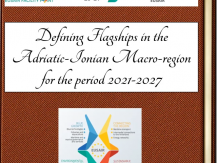
EUSAIR flagships all summed up!
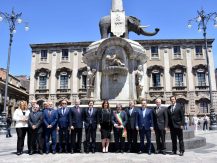
3rd EUSAIR Annual Forum – CATANIA DECLARATION

The Hellenic Republic assumes the Presidency of the EU Strategy for the Adriatic and Ionian Region (EUSAIR) (1 June 2024 – 31 May 2025)

